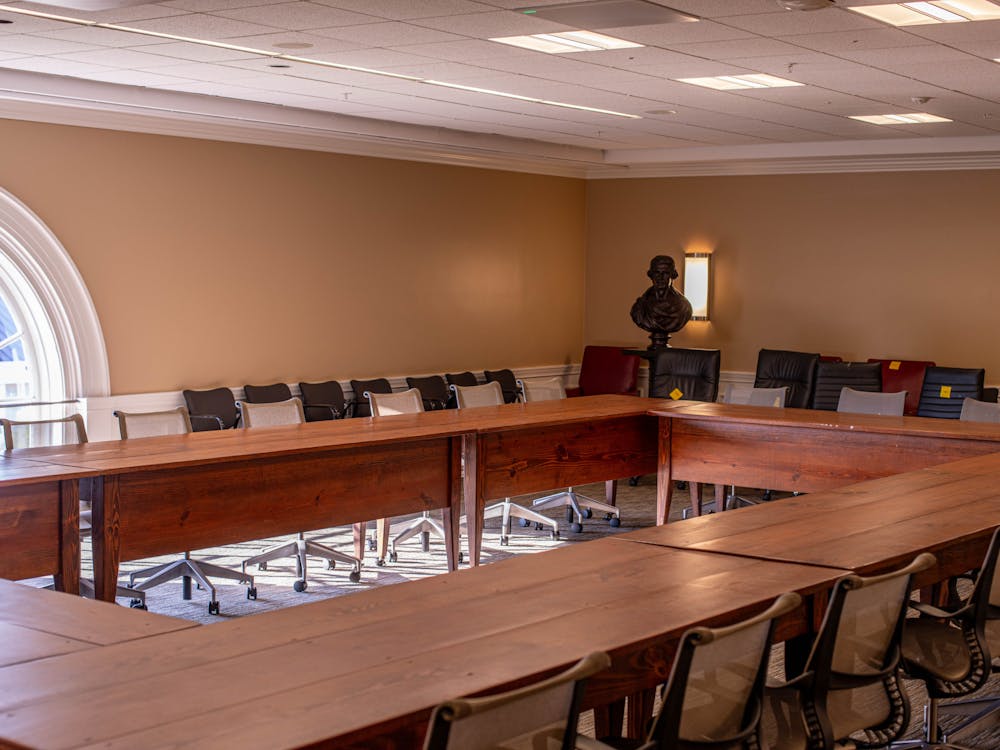As a result of the recent war in Iraq, there's good news and bad news for the University's ROTC programs: The good news is improved morale and increased retention rates; the bad news is a lack of scholarship funding for incoming ROTC recruits, according to Army ROTC Chair Lt. Col. Hampton Hite.
"Our real problem has been the scholarship dollars," Hite said. "The Army budget has been hit hard with the conflicts in Iraq and Afghanistan, and everyone has had to take some cuts, I think that has had a pretty big impact on us."
Unlike the Naval ROTC, which is given 25 scholarship slots each year, the number of Army ROTC scholarship slots are subject to decreases in funding from the national level when money is needed in other areas, such as a war effort overseas. This year, the University's Army ROTC program received enough funding for 10 scholarship slots. Last year they were given enough for 21 slots.
Hite said he suspects 80-90 percent of his recruits rely on a three- or four-year scholarship.
"This is a significant issue when you are trying to build an army to fight this war on terrorism four years from now," Hite said.
Hite said he hopes Army ROTC funding will increase in the near future.
"I am hopeful that this will change sometime over the next six months and I will be able to offer some scholarships to some more first-year students," he said.
According to Cmdr. Martin Keutel, executive officer of Naval ROTC at the University, the future impact of the recent war in Iraq on the University's ROTC programs will be determined by the overall outcome and public opinion of the conflict.
"It has a lot to do with the way the conflict ends up turning out," Keutel said. "If it turns out successful like Croatia or Bosnia, I would think it would be positive. But I think the jury is still out."
Air Force ROTC Capt. George Torres said he suspects the recent increase in first-year recruitment is a result of the war in Iraq.
"There has been a little bit of an increase with the patriotism and all that," Torres said. "All the cadets want to give back to their country."
According to Torres, approximately 60 percent of Air Force ROTC recruits receive University scholarships, while 40 percent do not. This year there are 26 students on Air Force ROTC scholarships, compared to 21 last year.
Hite also noted an increase in retention rates over the past year. He said there has been approximately a 90 percent retention rate in all three classes, which is higher than in past years.
"I have been extremely pleased with the patriotism, commitment and dedication of duty of all of our students," Hite said.
Keutel also noted that recruitment efforts have been successful over the past year.
"We had a larger than normal incoming first-year class," he said.






